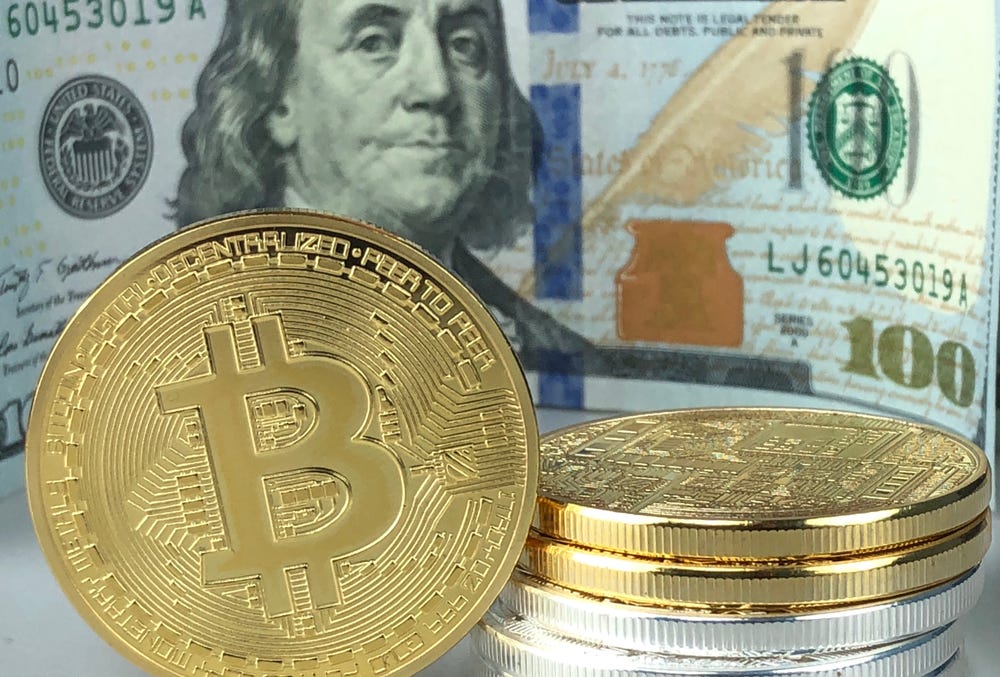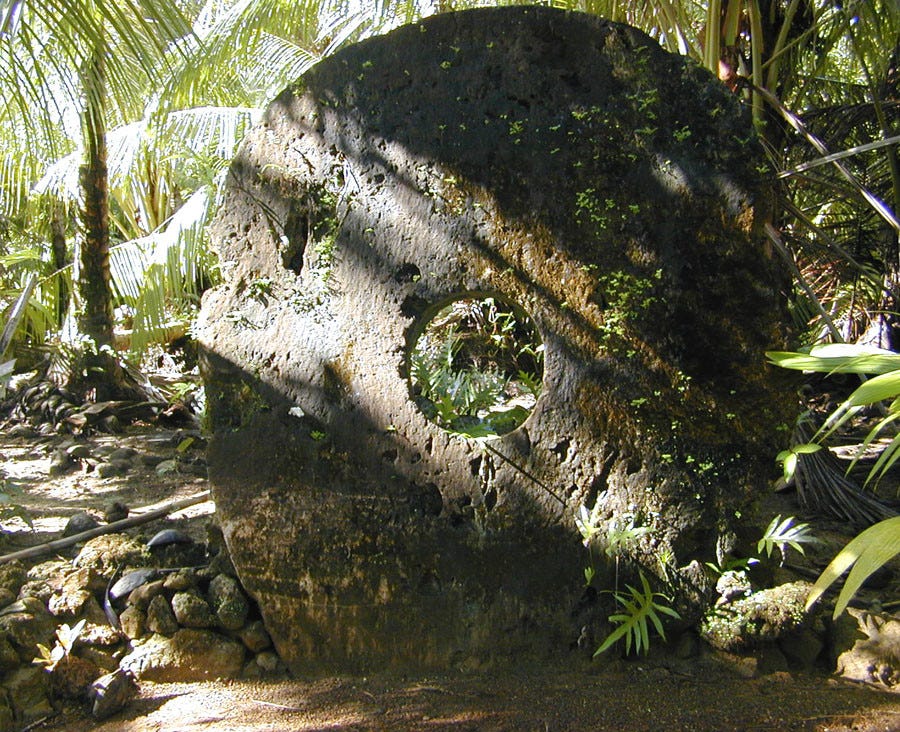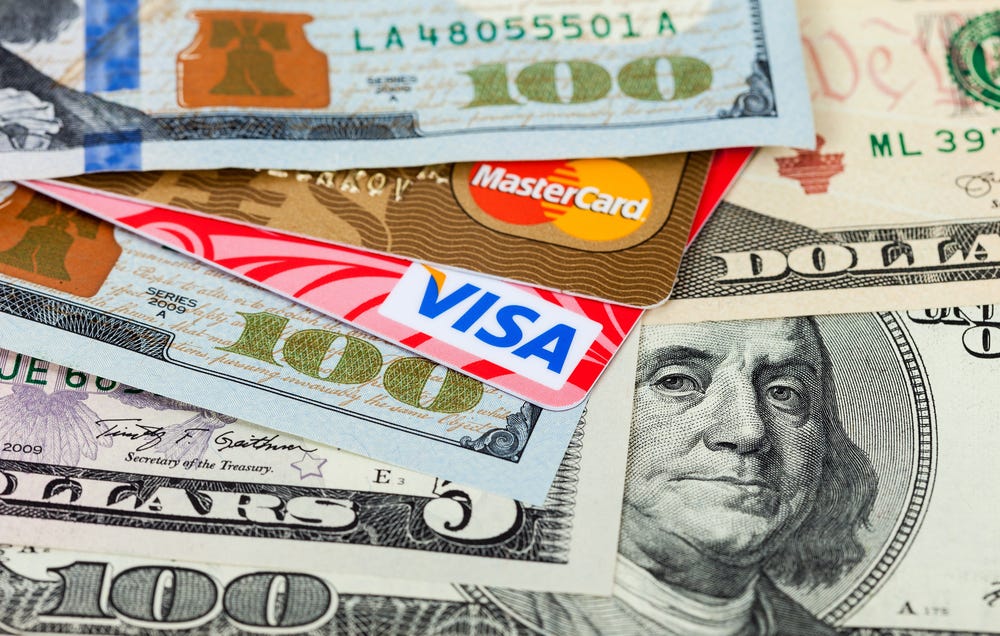Latest news about Bitcoin and all cryptocurrencies. Your daily crypto news habit.
 Stablecoins are typically regulated and are pegged 1:1 to U.S. dollar (or other major fiat). Fiat reserves are audited by third party. Stablecoins provide relief from cryptos’ volatile prices. Photo credit: Shutterstock
Stablecoins are typically regulated and are pegged 1:1 to U.S. dollar (or other major fiat). Fiat reserves are audited by third party. Stablecoins provide relief from cryptos’ volatile prices. Photo credit: Shutterstock
The more things change, the more they stay the same. Innovation may bring new tech to forefront, but creative solutions can nonetheless be based on age-old practices.
Cryptocurrencies designate ownership of funds via private keys: software code that are crucial in design of programmable monies. But written cyphers that grant financial control are similar to Micronesian stone money. For centuries, inhabitants of western Pacific island of Yap used disc-shape stones to record transactions and transfer ownership (of various assets) without physically moving the stone disc.
Rai stones, you could say, were primitive form of distributed ledger: As long as villagers were aware of transaction, the asset-transfer became valid. A concept familiar to blockchain miners.
(The story continues below.)
 The Yapese used rai stones for recording transactions. The disc-shaped stones may be primitive form of distributed ledger. As long as villagers were aware of transaction, the asset-transfer was considered valid. Photo credit: Wikipedia
The Yapese used rai stones for recording transactions. The disc-shaped stones may be primitive form of distributed ledger. As long as villagers were aware of transaction, the asset-transfer was considered valid. Photo credit: Wikipedia
What are Stablecoins?
“Stablecoins are blockchain-powered tokens that are pegged 1:1 to U.S. dollar or other fiat currency. You could say these are digitized dollars,” Kory Hoang, CEO of Stably, tells Hacker Noon. Stably is Seattle-based stablecoin venture.
“In our case, StableUSD backs every USDS token with U.S. dollars that are held in escrow accounts, and these are managed by regulated trustee. The advantages [to stablecoins] are that consumers, merchants, and investors can protect themselves from cryptos’ well-chronicled volatility while being able to make frictionless cross-border payments,” says Hoang.
There can be much impact depending on where you live. For tech-forward Americans and Europeans, it’s all about convenience and mitigating risk.
But in inflationary economies like Venezuela, Turkey, and Argentina, the pegged tokens can rescue people from financial abyss. For example, Venezuela is undergoing dollarization, which means locals no longer use near-worthless bolivars — no matter what the Maduro regime says. Instead Venezuelans now use U.S. dollars (hence the term “dollarization”) and cryptos (such as Bitcoin, Dash, and stablecoins) to make purchases, as well as, to preserve purchasing power.
“We increase adoption by making it as easy and cheap as possible for people to use and convert stablecoins,” says Hoang. “The disruption is creating an efficient global infrastructure for transferring and settling funds.”
(The story continues below.)
 Global banks such as JPMorgan, HSBC, Bank of America, Citigroup, Barclays, Capital One, and others are experimenting with blockchain and tokenization to save costs, increase settlement speed, and improve customer experience. Photo credit: Shutterstock
Global banks such as JPMorgan, HSBC, Bank of America, Citigroup, Barclays, Capital One, and others are experimenting with blockchain and tokenization to save costs, increase settlement speed, and improve customer experience. Photo credit: Shutterstock
Heavily Regulated Industry
Banks and credit card companies process $14 trillion worth of transactions per day, which leads to enormous cumulative fees for consumers, merchants, and investors. It’s also costly for banks to move, audit, and settle such quantity of money through countless jurisdictions.
In February, London-based banking giant HSBC reported that it’s achieving 25% savings from foreign exchange (forex) trading using blockchain. The bank processes between 3,500 to 5,000 trades daily worth $350 billion.
“Being cheap and frictionless are key advantages but innovations around stablecoins aren’t just about tokenizing fiats like U.S. dollar or Euro,” says Stably CEO Kory Hoang. “Blockchain ventures are tokenizing commodity-monies, too. These include precious metals, diamonds, fossil fuels, and other bartered assets whose prices are less volatile [than cryptocurrencies]. In our case, we’re developing a meta-stablecoin that comprises a basket of different stablecoins. This will allow people to reduce their exposure and diversify risk.”
(The story continues below.)
 Physical cash, gold, fiat coins, and other commodity-monies are expensive to transport, secure, store, monitor, and trade. Thus, blockchain-powered tokenization is promising disruption which aims to digitize real-world assets. It could also bring new era of barter economies worldwide. Photo credit: Shutterstock
Physical cash, gold, fiat coins, and other commodity-monies are expensive to transport, secure, store, monitor, and trade. Thus, blockchain-powered tokenization is promising disruption which aims to digitize real-world assets. It could also bring new era of barter economies worldwide. Photo credit: Shutterstock
Inefficiencies of Physical Currencies
It’s estimated that 3–4% of fiat currency globally are in physical form (cash and coins) while the rest are in electronic format. Physical cash (like physical gold) are expensive to transport, store, and secure — costing U.S. companies upwards of $6 billion a year to operate via ATMs, armored trucks, security personnel, 24/7 cameras, cash-counting machines, and other security-intensive infrastructure.
Economic need for reliable mediums of exchange is as timeless as ancient Rome’s denarius coins. Emperors debased the denarius by removing its silver contents, which eventually led to coin’s worthlessness. Thus, Roman citizens and merchants switched to reliable forms of money such as (price-steady) gold, silver, and other commodities to settle transactions.
Man has used commodity-monies for thousands of years. Our ancestors traded goat’s milk for fish; corn for fruits; and cattle for silver. Tradeable goods are acquiring modern features — digitization — but underlying assets and their price-stable characteristics fulfill the marketplace’s need for reliable mediums of exchange and store of value.
As they say, “The more things change …”
Stablecoins are Modernizing Age-Old Money was originally published in Hacker Noon on Medium, where people are continuing the conversation by highlighting and responding to this story.
Disclaimer
The views and opinions expressed in this article are solely those of the authors and do not reflect the views of Bitcoin Insider. Every investment and trading move involves risk - this is especially true for cryptocurrencies given their volatility. We strongly advise our readers to conduct their own research when making a decision.